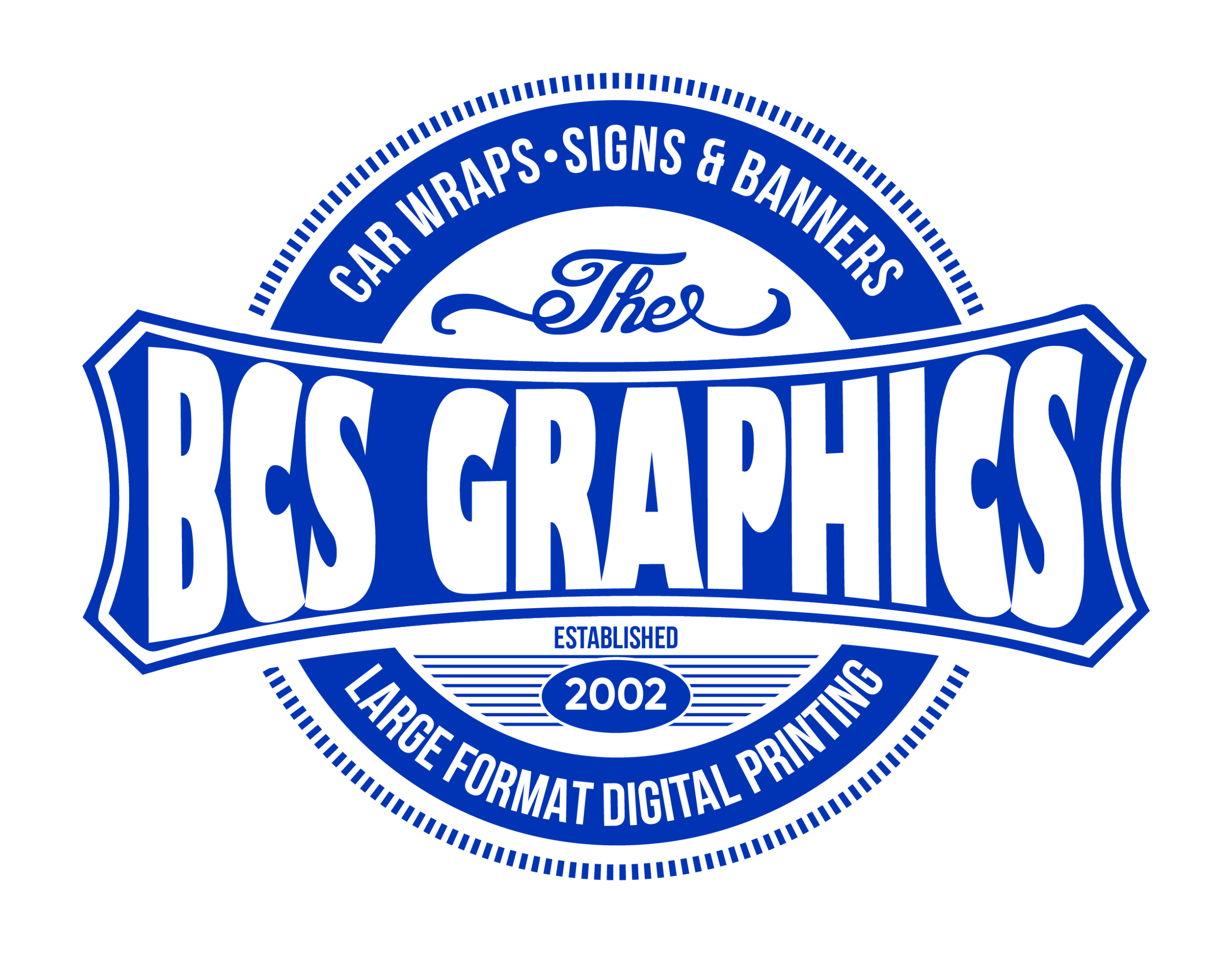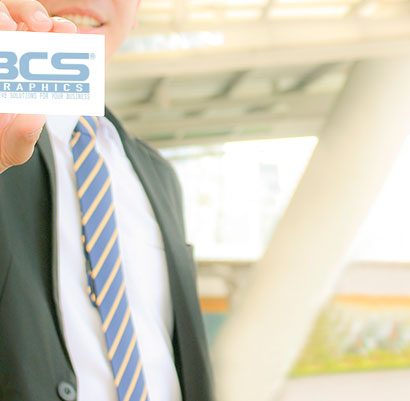05. 15. 2024
How PPF Saves You Thousands on Car Paint Repairs

Picture a long summer road trip. Your car cruises smoothly, but every mile flings new gravel, salt, and bug acid at the shiny paint. When you finally pull into the driveway, the hood wears fine chips like freckles. Those spots open the door to rust, dull patches, and an eye-watering respray bill of several thousand dollars. Paint Protection Film (PPF) offers a smarter way. This clear, flexible shield sits on top of factory paint, absorbs hits, and shrugs off UV rays. Think of it as a screen protector for your vehicle. The upfront job is not free, yet the savings pile up mile after mile. Read on to see real numbers, simple science, and practical perks that show how PPF keeps thousands of dollars where they belong—your wallet.
PPF Forms A Tough Invisible Shield Against Chips
Paint Protection Film is a multi-layer urethane sheet roughly eight mils thick—about two human hairs. The top coating is an elastic polymer that flows back into place when warmed by the sun or hot water, so light scratches fade on their own. Beneath that, a shock-absorbing core spreads the force of road debris so it never gouges paint. A pressure-sensitive adhesive locks the film in place yet peels safely if replacement is needed. Because the material is optically clear, color and gloss stay unchanged.
Independent tests by the Society of Automotive Engineers showed panels wrapped in modern PPF resisted gravel strikes up to 50 mph without paint loss. Drivers notice fewer touch-up sessions, no rust creep, and far less time spent fretting over how fragile fresh paint can feel. The film even has a low-surface-energy finish that repels dust, keeping daily grime from grinding into clearcoat during washes.
Film Filters UV Light And Blocks Oxidation Rise
Ultraviolet radiation breaks down clearcoat polymers, bleaching reds and yellows within a few summers. Modern PPF contains UV inhibitors that screen more than 99 percent of incoming rays, the same technology used on aircraft leading edges. By sealing pores in factory paint, the film also keeps oxygen, salt, and acid rain from sneaking through microscopic cracks.
A five-year desert study by Arizona State University found unprotected hoods lost 43 percent of their initial gloss while identical PPF-covered hoods lost only 8 percent. Heat-cycling labs tested the film at –40 °C to 120 °C over 1,000 hours without yellowing. Owners see colors stay rich, clearcoat stays thick, and wax jobs last longer because the surface is still smooth. Fewer paint corrections mean more weekends for driving, not polishing. Stopping fade early also delays costly clearcoat restoration, a repair that can run $1,000 per panel on bright colors.
Real Cost Data Proves Film Pays For Itself
Let’s crunch some easy numbers that body shops publish each year.
- Front bumper repaint: $600–$950 depending on sensors and color match.
- Full hood respray: $1,200–$1,700 because paint must extend into the fenders.
- Door edge chip repair: $120 each, often needed twice a year on busy commuters.
Covering those high-strike zones with PPF usually costs $1,300–$1,900. Even if the film needs a partial replacement after five winters, the total outlay still undercuts the repeated paint work. Insurance providers agree; several carriers now reimburse PPF on high-value models because they forecast up to 70 percent lower claim expenses over a decade. Fleet managers who wrapped delivery vans reported a 55 percent drop in cosmetic repair bills between 2020 and 2024. When film saves money for companies counting every cent, it likely saves more for private owners who wash their rides on Sundays.
Film Makes Routine Washing Faster And Much Safer
An unprotected clearcoat collects road tar and brake dust that cling like glue. Scrubbing them away with sponges risks micro-scratches that dull the shine. PPF carries a slick, hydrophobic surface that sheds dirt under a gentle hose spray. Many brands even bond a ceramic top layer during manufacturing, adding more water beading and chemical resistance. That means most owners swap buckets and compounding pads for simple foam cannons and microfiber towels.
Less scrubbing also reduces soap use, saving roughly 15 gallons of wash water per month according to a 2023 detailing survey. Skipping heavy polishing keeps clearcoat thickness intact, which further protects the underlying color. The smooth film surface dries faster, shrinking the water-spot risk in hot climates. Over five years, lower product use and fewer detailing sessions can pocket several hundred dollars that would have dripped down the driveway.
Lease Return Inspectors Love An Untouched Paint Job
When a lease ends, appraisers measure every nick larger than a credit-card corner and fade that differs from factory samples. National auto-finance data places average excess wear fees at $450 for compact cars and over $1,100 for luxury SUVs. Common charges include bumper chips, door dings, and cloudy clearcoat. Strategic PPF zones—front bumper, partial hood, door cups, trunk sill, rocker panels—cost less than most penalty sums yet block nearly all cited flaws.
Dealers also turn cars faster when the paint looks new, so some waive inspection altogether for wrapped vehicles. Drivers who swapped leases in 2024 on online forums reported paying zero cosmetic fees 82 percent of the time when they had PPF installed early. That experience converts a one-time film bill into predictable savings at every hand-back, a stress relief rarely found in car contracts.
Higher Resale Values Offset Initial Film Expense Quickly
Used-car buyers shop first with their eyes. A glossy body free of chips suggests careful ownership and fewer hidden issues. Kelley Blue Book retail data from 2024 shows sedans with documented front-end PPF sold for 5–7 percent more than identical models with normal road rash. For a five-year-old mid-size car valued at $20,000, that difference equals up to $1,400, often covering the original film cost. Truck and sports-car premiums rise even higher because specialty colors are harder to match.
Dealers also spend less on paint correction before listing, so they are willing to split the savings with the seller. In private sales, a buyer who sees clear film installed gains confidence and may skip a third-party inspection, shortening negotiation time. Keeping more dollars at trade-in makes moving into a new car feel far less painful.
Choose Quality Film And Certified Installers For Success
All savings depend on the film staying clear and tight for years, so product and installation skills matter. Look for brands that meet ASTM D882 tensile-strength tests and promise at least a ten-year warranty against yellowing or edge lift. Ideal thickness ranges between 7 and 10 mils; thicker films cushion better yet still wrap complex curves. A certified installer uses computer-cut patterns that match each panel outline to avoid hand-held blades hovering over paint.
Ask to see:
- Manufacturer approval certificates
- Climate-controlled bay that keeps airborne dust out
- Polarised-light inspection after curing
These steps ensure the film hides rather than highlights seams. If road debris tears a section, installers can peel and replace just that piece in under two hours, costing far less than repainting a bumper. Skilled fitting turns PPF from a simple layer into a long-term money saver.
Conclusion
PPF delivers quiet, steady savings by stopping chips, sun fade, and wash scratches before they demand expensive repairs. Add lower lease fees, quicker DIY washes, and stronger trade-in offers, and the film often earns back its price several times over. If you are ready to lock in those gains, BCS Graphics installs high-grade Paint Protection Film with clear warranties and friendly advice. Guard your paint today and keep more money for the open road tomorrow. Your future self—and the next buyer—will thank you every time sunlight bounces off a flawless hood.
Social Share:


No Comment Yet! You can post first response comment.